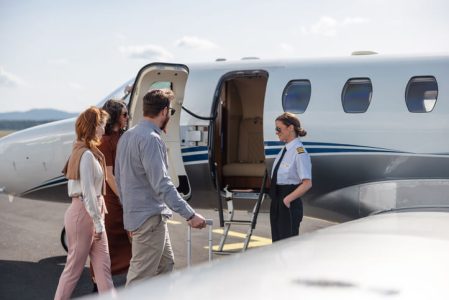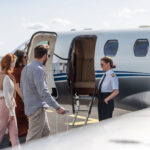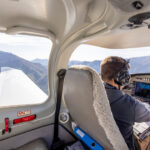Part 91 and Part 135 Operations
With Part 91 and Part 135 private air travel comes freedom, flexibility, and a whole new level of convenience. But here’s something most passengers don’t realize: Not every “private” flight is operating legally.
That’s right. Some companies offer charter-style flights without meeting the FAA’s safety standards for commercial air carriers. These gray-area operations might look legitimate from the outside, but behind the scenes, they can cut corners on maintenance, pilot training, and insurance—putting you at serious risk.
In this post, we’ll break down how passengers can protect themselves, red flags to look for, and why flying with a certified Part 135 operator is the safest way to go.
The Hidden Risk: When Charters Aren’t Really Charters
Some operators use “dry lease” agreements or club memberships to bypass Part 135 rules, which are designed to protect passengers. On paper, you’re leasing the plane. In reality? You’re paying for a flight, just like a regular charter.
The FAA calls this unauthorized air carrier activity, and it’s a growing problem.
Passenger Safety Check: 5 Questions to Ask Before You Fly
Here’s your pre-flight checklist to stay safe when booking a private charter:
- Is the operator FAA Part 135 certified? Ask to see their certificate or look it up. No certificate = no charter.
- Who provides the pilot? Under Part 135, the operator assigns the crew. If you’re leasing a plane and they assign the pilot, that’s a red flag.
- How is the flight paid for? Be cautious if you’re asked to sign a lease and pay a flat fee per trip. It may be a disguised charter.
- Am I covered by their insurance? Don’t assume. Ask if you’re listed as an insured passenger under their policy.
- Who has operational control? If it’s not the company you’re paying, ask why. The entity making flight decisions should be the certified operator.
Why Part 135 Certification Matters
Flying under Part 135 isn’t just about paperwork, it’s about accountability and safety.
Certified operators:
- Undergo regular FAA audits
- Use approved maintenance programs
- Hire pilots who meet strict training and rest requirements
- Maintain full operational control of each flight
- Carry appropriate passenger insurance
Bottom Line: When in Doubt, Ask Questions
If it walks like a charter, talks like a charter, and costs like a charter… it better be operated like one.
Don’t let flashy websites or smooth-talking brokers put your safety at risk. Ask the right questions, do your homework, and always choose an FAA-certified Part 135 operator.
Because when you’re 30,000 feet in the air, safety is everything.










